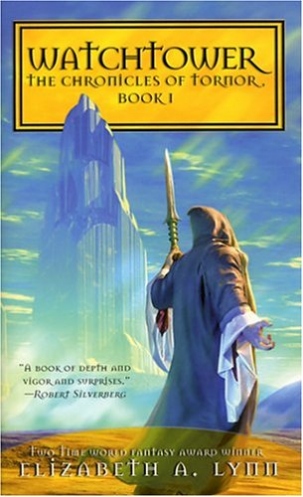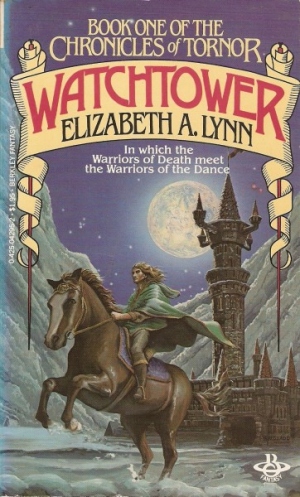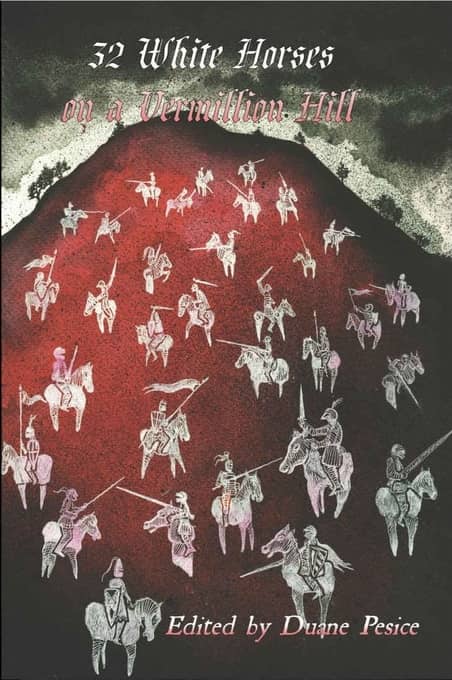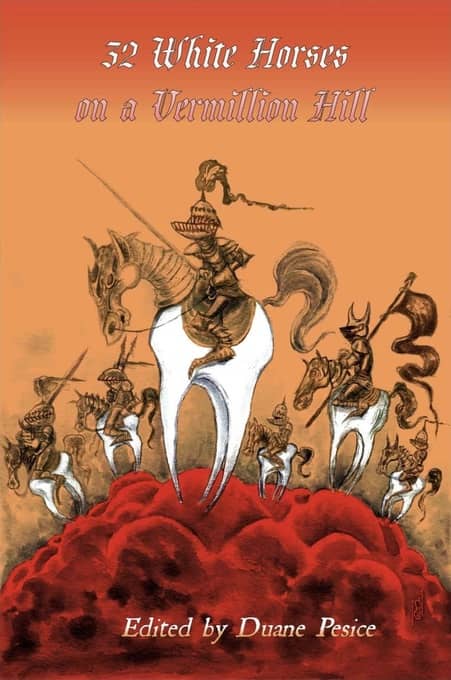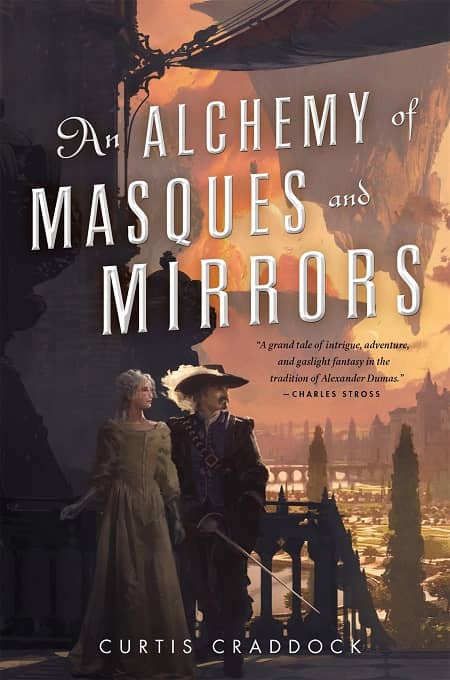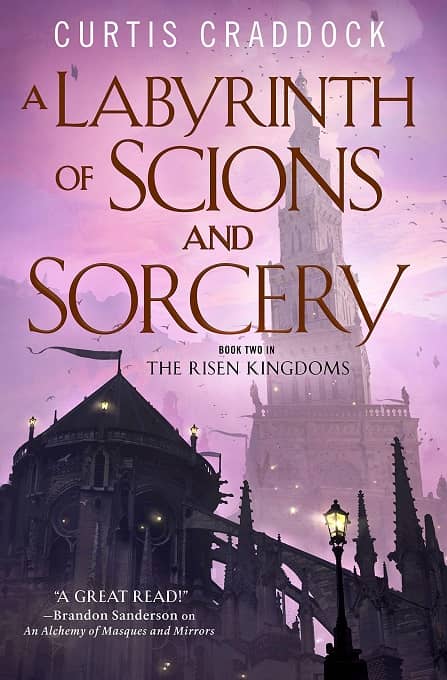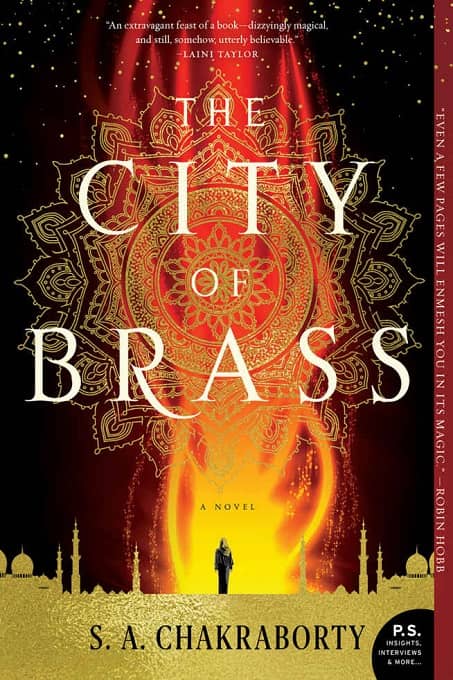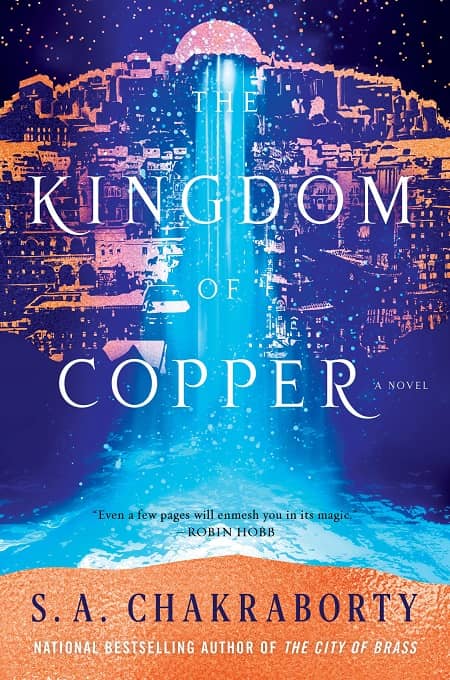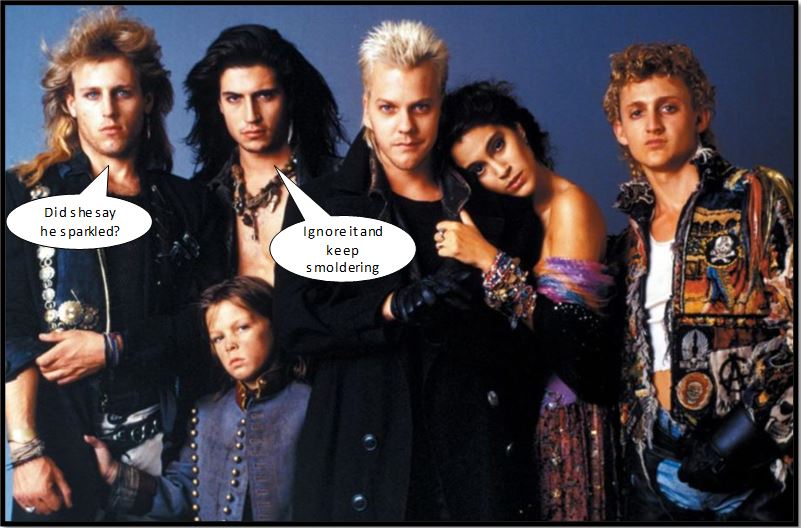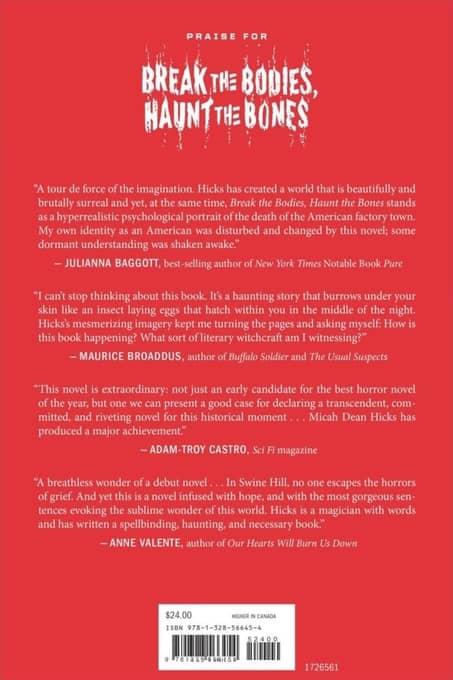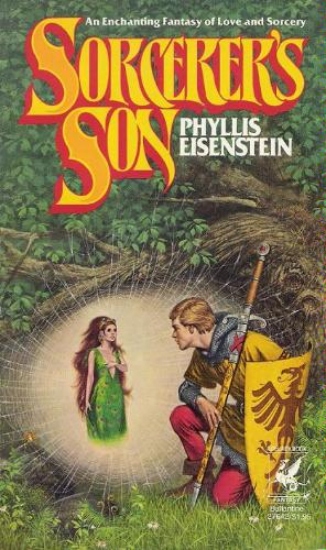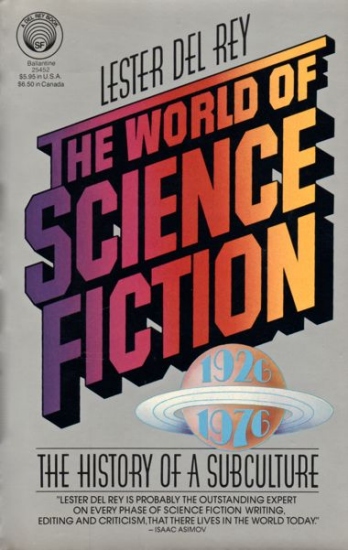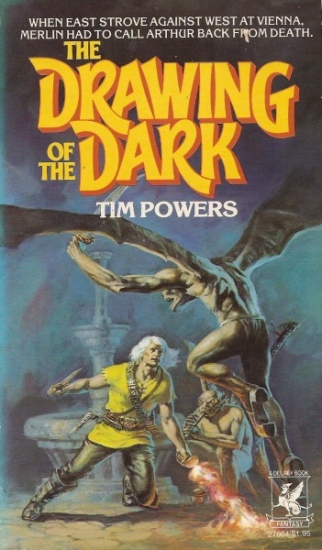Tiny Epic Defenders and the Table-top gaming Renaissance
Funny how some of us predicted video games would virtually wipe out RPGs and board games, and yet here we are. We have entered a golden age of tabletop gaming. So many new games, with great graphics, great playing pieces, and game mechanics that expand on systems that have been tried, tested, and improved on for decades.
I’m certainly not the first to make this observation, but much of this game renaissance must be thanks to funding platforms like Kickstarter. No longer limited to what a few big corporations deemed were mass-marketable enough to release to retail outlets, we could now team up with a few hundred or a few thousand other people who wanted what we did and JUST PAY TO MAKE IT HAPPEN OURSELVES.
Also, tabletop games, for families, have become a welcome alternative to everyone having their heads planted on a screen in their own little world-shells. A way to gather the family collectively around a table again to interact face to face. But for online-game-savvy kids, old chestnuts like Sorry aren’t necessarily going to cut it (no knock on Sorry; I played the heck out of that game when I was about 6).
Just consider: We live at a time when the original TSR game Dungeon! has made a big comeback – a perfect starting point to introduce young players to the wonders that await with a flat surface, a few dice, and a little bit of imagination. And beyond Dungeon!, there are now dozens of games that have picked up where that 1970s oldie-but-goody left off.

